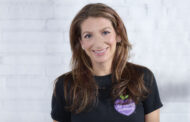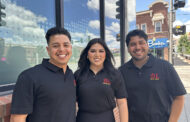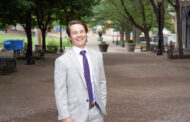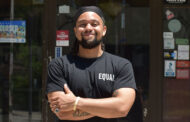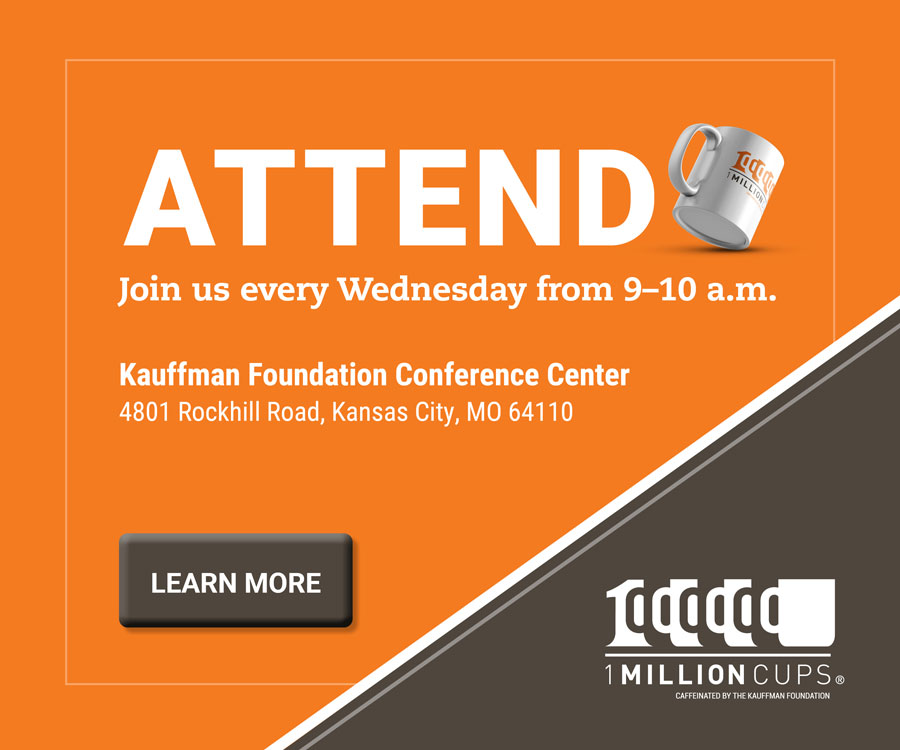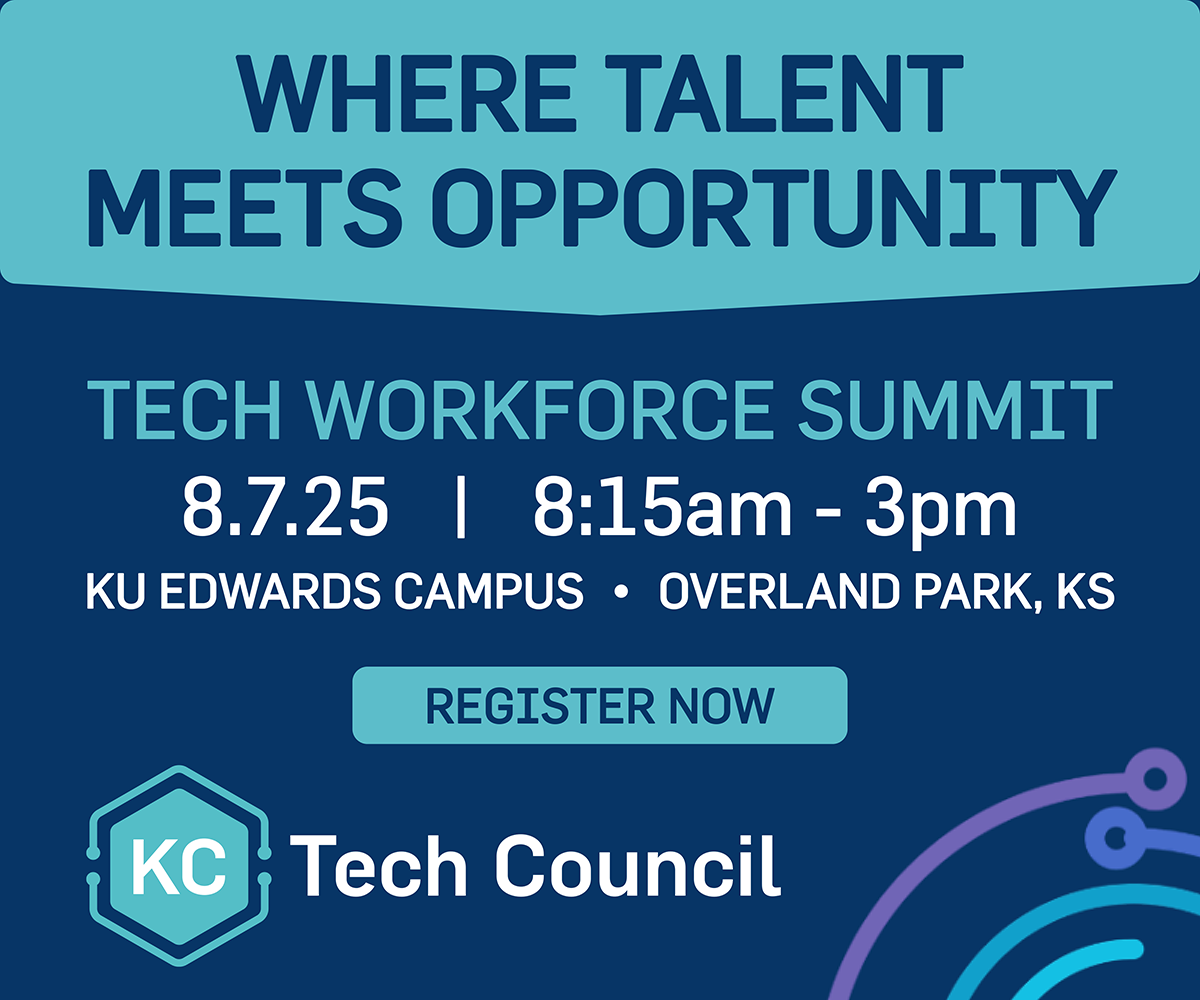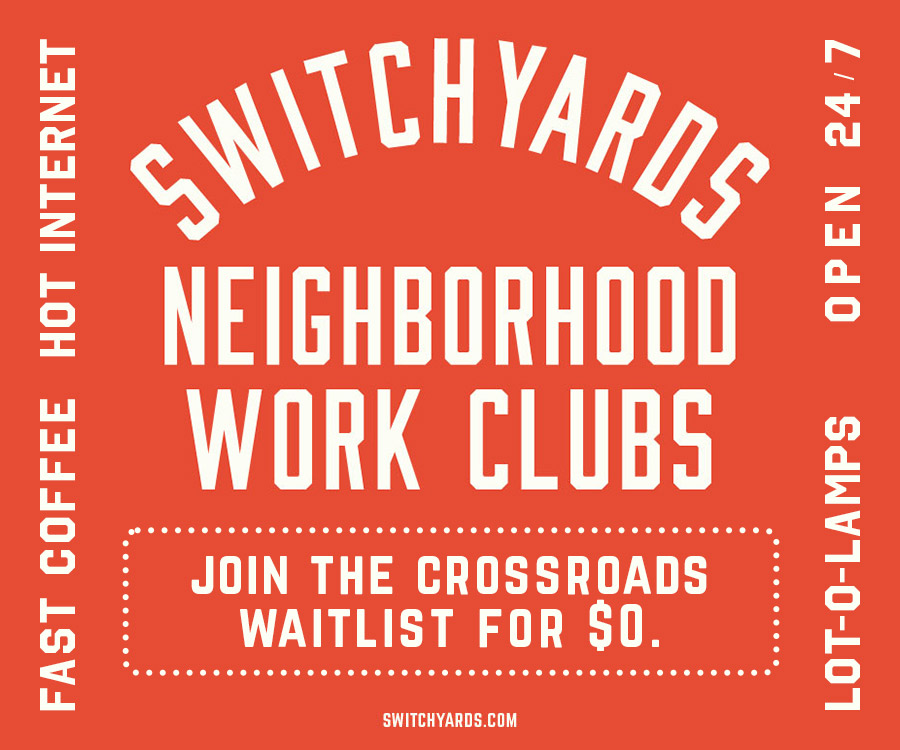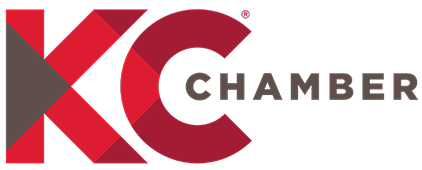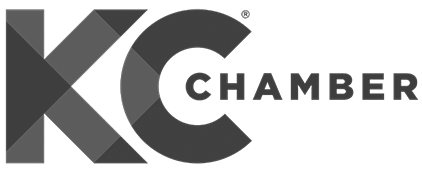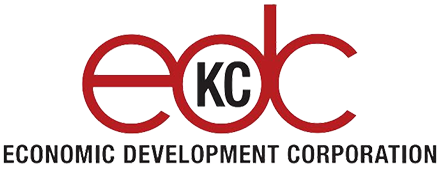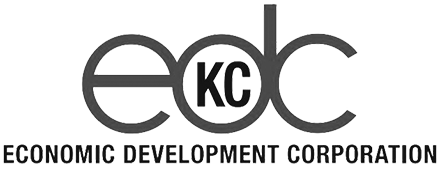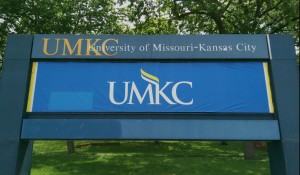 The University of Missouri-Kansas City recently solidified funds to build an innovation center to serve a broader set of students and the Kansas City community.
The University of Missouri-Kansas City recently solidified funds to build an innovation center to serve a broader set of students and the Kansas City community.
The $14.8-million Robert W. Plaster Free Enterprise Center will feature a variety of resources for students and the larger business community, including a lab, rapid prototyping equipment, 3D printers and a business incubator. Missouri Gov. Jay Nixon announced Tuesday that the state is allocating $7.4 million to the center, which represents half of the funding for the new $14.8 million building that will be built at 215 Volker Boulevard.
With the promise of strengthening the area’s position as a hub for innovation, Startland News spoke with Jeff Hornsby, director of UMKC’s Regnier Institute for Entrepreneurship and Innovation, about the new center and how it will affect Kansas City.
On creating connections with innovators …
There’s been a lot of discussion on how the puzzle fits together. But the thought is that it becomes a building space where students and even people from the community can go there, get help on their venture’s ideas, design prototypes and have space to launch their business. … It’s an opportunity for the different (UMKC) entities that are involved to develop a strategy of how to work together with the end game of launching viable ventures to enhance the economy of Kansas City.
On what this center means for UMKC and students …
It means we can build a broader emphasis on product design and product development. With the maker’s space, 3-D printing, engineering it really increases the tools we have available for viable ventures. But more importantly is that it helps us refine a cross-campus collaborative strategy for entrepreneurship and innovation. … A bulk of the work was done by Kevin Truman, the dean of (UMKC’s School of) Computing and Engineering, and him pushing for this. Kudos to him.
On the benefits to Kansas City as a whole …
Our students will be better trained and better able to go out and utilize skill sets that we haven’t been able to develop. … for the community use of the facility and its programs, that has to be planned and managed so that everyone has the right experience. There’s going to be a lot of expensive equipment in there so it can’t just be an open house, but I can imagine workshops and time where the community can come in to use the 3-D printers and other tools in there and to work with our student engineers and entrepreneurs to help them with their ventures. There’s a lot of co-curriculum and community programing that can be offered because we have such talent and knowledge here.
On the steps moving forward …
We need to figure out how to collaborate on providing the best free enterprise effort there. We’ve had those discussions, but this now forces us to move on not only to building design, but also strategy for delivering on what the building needs to do. … I think a task force needs to be created to look at how all the pieces will fit together so the design reflects that.
